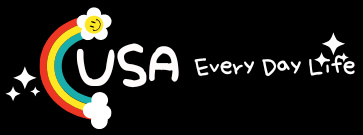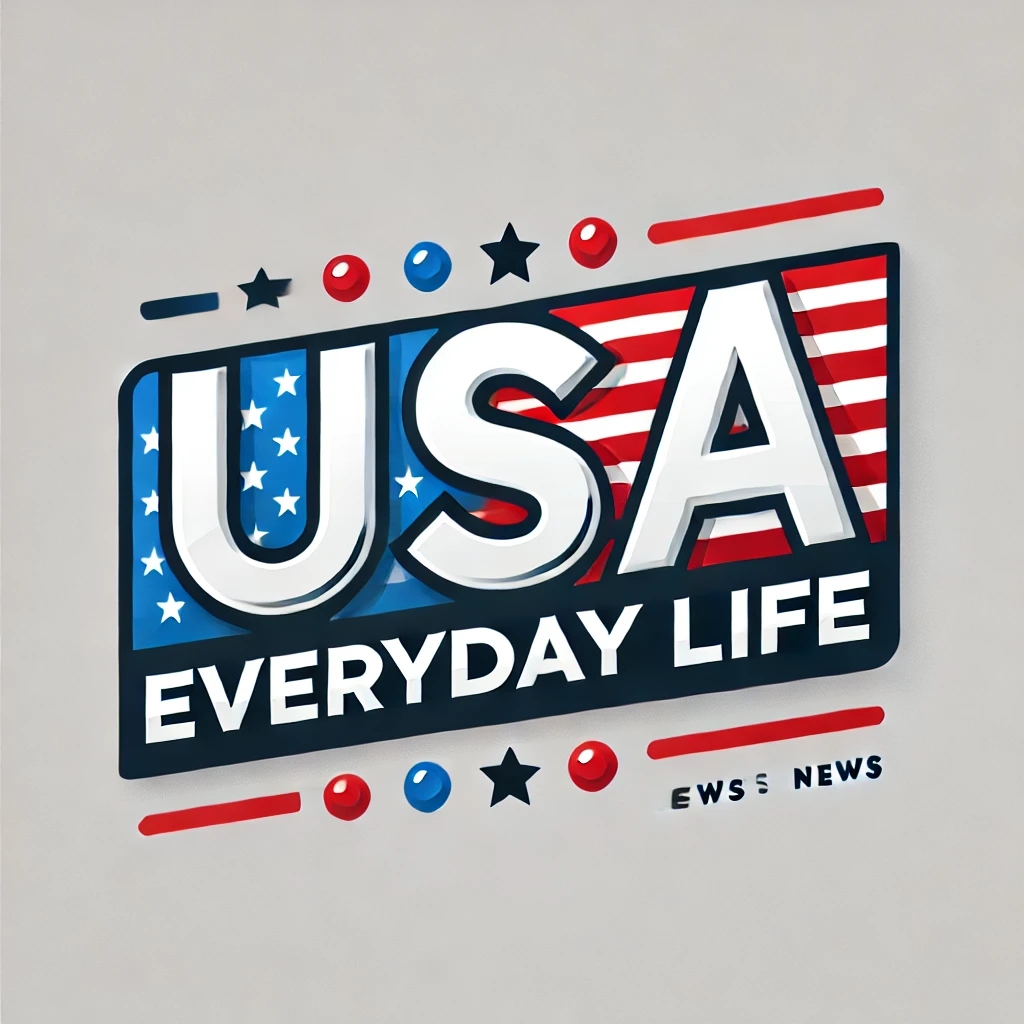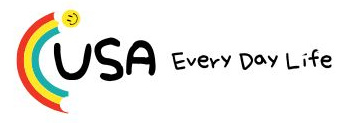President Donald Trump’s unexpectedly aggressive tariffs against U.S. trading partners are likely to bring a near-halt to growth and have heightened recession risks, according to a growing share of Wall Street economists. In this view, rising inflation and policy uncertainty will reduce consumer demand and business investment and raise unemployment, putting an already-tenuous growth picture at risk. On the optimistic side, the White House would negotiate the tariff terms lower and merely cause growth to slow. The worst-case view, though, has Trump refusing to lower barriers at all, a situation that then aggravates the slowdown factors and brings a recession into greater likelihood, economists say. “The escalation of tariffs raises recession risks. A US recession would mean a global recession, as well,” Seth Carpenter, chief global economist at Morgan Stanley, said in a client note Monday. “Our baseline answer for now is no US recession, but the path to one is worth exploring, alongside the Fed’s dilemma of a stagflationary shock.” The past several days have seen many of the leading forecasting firms mark down their outlook for gross domestic product while upping their expectations for unemployment and inflation. The main question has been to what degree, which is difficult to answer considering the swirling level of uncertainty surrounding the extent of Trump’s trade war. Goldman Sachs for one has raised its recession forecast for the second straight week , now seeing a near coin-flip 45% probability, up 10 percentage points. That, however, is only if the duties are negotiated down to where the tariff rate would rise by 15 percentage points. Should the full April 9 tariff threat take hold, however, Goldman economists said “we expect to change our forecast to a recession.” The firm said tightening in financial conditions, primarily a product of slumping stock prices , as well as elevated levels of policy uncertainty are likely also to slow its GDP expectations. Goldman lowered its growth forecast to just 0.5% in 2024, based on measures from the fourth quarter of 2024 to Q4 of 2025, down a half percentage point from last week. It sees core inflation running at a 3.5%, well above the Federal Reserve’s 2% goal. Gauging recession risks The Goldman note was tilted “Countdown to Recession,” a mood reflected elsewhere on Wall Street. JPMorgan Chase chief U.S. economist Michael Feroli, for instance, sees GDP running at a -0.3% rate, with unemployment jumping to 5.3% from its current 4.2%, UBS forecasts GDP on a Q4-to-Q4 basis to be a barely positive 0.4% in 2025, including two negative quarters in a row, what generally constitutes a technical recession, though it would be a “close call” for full-year negative growth. Economist Jonathan Pingle at UBS said the downbeat forecast isn’t merely a function of tariffs but rather a broader view of weakness in the labor market and consumer spending and tighter expectations for fiscal spending. “Another way of saying this, the expansion was not firing on all cylinders to start with,” Pingle wrote. “A large negative shock could unleash other negative feedback loops.” Likewise, TS Lombard economist Dario Perkins wrote that the firm is “now firmly back on recession watch.” “US recession risk is all about the labor market. If companies respond to weaker sales by laying off workers, this could set off a dangerous reflexive process,” he said. “So it wouldn’t take much of an increase in layoffs to trigger outright contraction.” Along with the downbeat economic prognostications, the Street also is looking to judge the Fed response. Chair Jerome Powell said Friday he expects the Fed to continue a wait-and-see approach before moving on rates. With the three-day washout in stocks continuing Monday, traders were still expecting the central bank to wait until June before its next interest rate cut. CME Group data indicated an expectation of four total reductions this year, taking the benchmark fed funds rate down a full percentage point. “With the (backward-looking) hard data likely to remain relatively solid in the weeks ahead, the Fed might be inclined to respond to financial-system dysfunction with targeted liquidity support initiatives at the outset,” Wrightson ICAP said in a note. “We cannot rule out a near-term easing, but it doesn’t seem like the most probable outcome – yet.”





